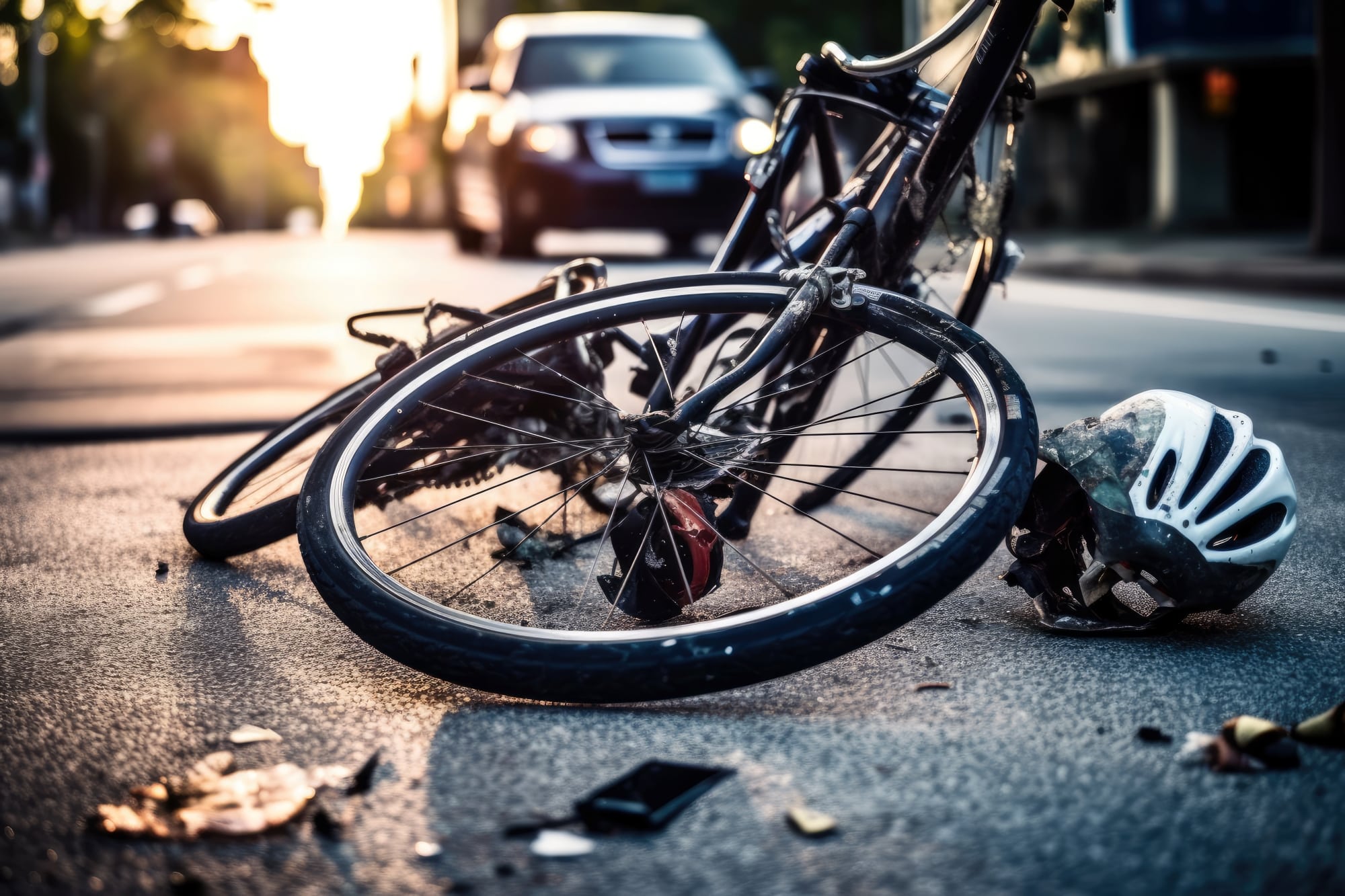|
Getting your Trinity Audio player ready...
|
Cycling is a fantastic way to exercise, explore your surroundings, and commute in an eco-friendly way. However, it’s crucial to prioritize safety while on the road to avoid accidents.
This article provides essential tips for navigating the road confidently and enjoying a safe cycling experience.
You should seek help from qualified bicycle accident lawyers for fair compensation if you have been hurt in a bicycle accident due to someone else’s negligence.

Read on-
Stay Visible
One of the most crucial aspects of bicycle safety is ensuring you’re visible to others on the road. Invest in reflective gear and lights for your bike, especially if you’re riding during dawn, dusk, or at night. Bright clothing and lights make it easier for drivers and pedestrians to spot you, drastically lowering the chances of a collision.
Obey Traffic Laws
Bicycles may not be motor vehicles, but they still share the road with them. You must adhere to the same traffic rules as cars and trucks. Signal your turns, stop at red lights and signs, and yield to pedestrians. You can avoid confusion and potentially dangerous situations by being predictable and following the rules.
Ride Defensively
Always assume that other road users might not see you or might not follow the rules. Stay vigilant and be prepared to react quickly to any unexpected movements from vehicles or pedestrians. Keep a safe distance from parked cars to avoid getting doored, and scan the road ahead for any potential hazards.
Use Hand Signals
Communication is vital when cycling on the road. Use hand signals to indicate your intentions to other road users. Signal your turns and stops clearly and in advance, allowing drivers and cyclists behind you to anticipate your movements. Clear communication fosters mutual understanding and helps prevent accidents.
Maintain Your Bike
Regular maintenance is essential for keeping your bicycle in optimal condition. Check your brakes, tires, and gears before each ride to ensure they function correctly. A well-maintained bike performs better, reducing the likelihood of mechanical failures that could lead to accidents.
Avoid Distractions
Just like when driving a car, distractions can be dangerous when cycling. Focus on the road ahead and avoid using electronic devices or listening to loud music that might impair hearing. Stay alert and aware of your surroundings to react swiftly to potential dangers.
Stay in Control
Maintaining control of your bicycle is paramount for avoiding accidents. Ride at a speed that allows you to react to unexpected obstacles or changes in road conditions. Avoid sudden maneuvers or sharp turns that could throw you off balance. Remember, staying in control means staying safe.
Choose Safe Routes
When planning your cycling route, opt for roads or paths with designated bike lanes or low traffic volume whenever possible. Avoid busy thoroughfares or areas with hazardous conditions such as poor lighting, uneven surfaces, or heavy construction. Prioritizing safe routes reduces the likelihood of encountering dangerous situations and enhances riding safety.
Be Mindful of Blind Spots
Just as drivers have blind spots, so do cyclists. Stay vigilant and avoid lingering in the blind spots of larger vehicles such as trucks and buses. Position yourself where drivers can see you or make eye contact with them to ensure mutual awareness. By staying out of blind spots, you decrease the risk of being involved in a collision with a motor vehicle.
Stay Sober
Operating a bicycle while under the influence of alcohol or drugs significantly impairs your judgment, coordination, and reaction time, increasing the likelihood of accidents. Always prioritize sobriety, whether you are commuting home from a social gathering or embarking on a recreational ride. Stay clear-headed and focused to ensure your safety and that of others sharing the road.
Educate Yourself
Knowledge is a powerful tool for preventing accidents. Take advantage of your community’s cycling safety courses or workshops to enhance your skills and awareness as a cyclist. Familiarize yourself with local traffic laws and cycling regulations to ensure compliance and safe riding practices.
The Sum Up!
In conclusion, ensuring safety while cycling is not just about luck but also about adopting the right mindset and habits. By staying visible, obeying traffic laws, riding defensively, using hand signals, maintaining your bike, avoiding distractions, and staying in control, you can significantly reduce the risk of being involved in a bicycle accident.



